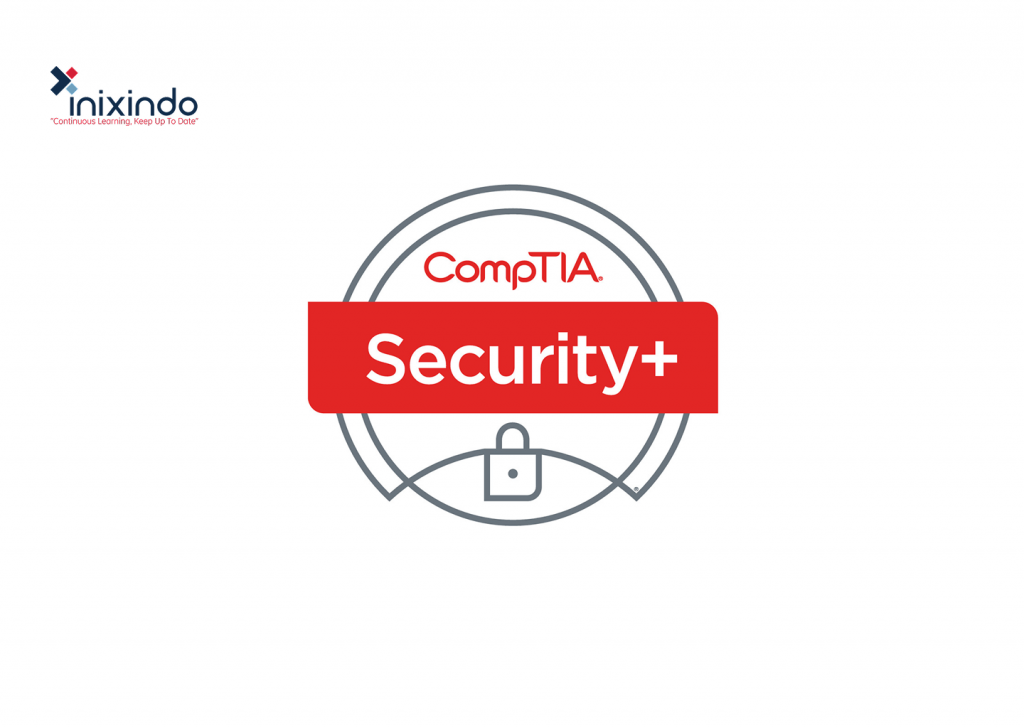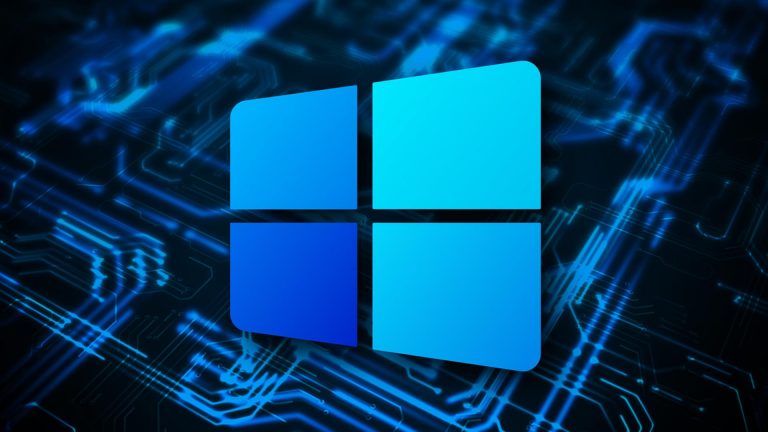CompTIA Security+
Description
The Official CompTIA® Security+® (Exam SY0-501): 2019 Update is the primary course you will need to take if your job responsibilities include securing network services, devices, and traffic in your organization. You can also take this course to prepare for the CompTIA Security+ (Exam SY0-501) certification examination. In this course, you will build on your knowledge of and professional experience with security fundamentals, networks, and organizational security as you acquire the specific skills required to implement basic security services on any type of computer network. This course can benefit you in two ways. If you intend to pass the CompTIA Security+ (Exam SY0-501) certification examination, this course can be a significant part of your preparation. But certification is not the only key to professional success in the field of computer security. Today’s job market demands individuals with demonstrable skills, and the information and activities in this course can help you build your computer security skill set so that you can confidently perform your duties in any security-related role.
Course Objectives
In this course, you will use fundamental security principles to install and configure cybersecurity controls and participate in incident response and risk mitigation. You will:
• Compare and contrast attacks.
• Compare and contrast security controls.
• Use security assessment tools.
• Explain basic cryptography concepts.
• Implement a public key infrastructure.
• Implement identity and access management controls.
• Manage access services and accounts.
• Implement a secure network architecture.
• Install and configure security appliances.
• Install and configure wireless and physical access security.
• Deploy secure host, mobile, and embedded systems.
• Implement secure network access protocols.
• Implement secure network applications.
• Explain risk management and disaster recovery concepts.
• Describe secure application development concepts.
• Explain organizational security concepts.
Garis Besar Pelatihan
• Topic A: Compare and Contrast Information Security Roles
• Topic B: Explain Threat Actor Types
• Topic C: Compare and Contrast Social Engineering Attack Types
• Topic D: Determine Malware Types
• Topic A: Compare and Contrast Security Control and Framework Types
• Topic B: Follow Incident Response Procedures
• Topic A: Explain Penetration Testing Concepts
• Topic B: Assess Security Posture with Topology Discovery Software Tools
• Topic C: Assess Security Posture with Fingerprinting and Sniffing Software Tools
• Topic D: Assess Security Posture with Vulnerability Scanning Software Tools
• Topic A: Compare and Contrast Basic Concepts of Cryptography
• Topic B: Explain Hashing and Symmetric Cryptographic Algorithms
• Topic C: Explain Asymmetric Cryptographic Algorithms
• Topic A: Implement Certificates and Certificate Authorities
• Topic B: Implement PKI Management
• Topic A: Compare and Contrast Identity and Authentication Concepts
• Topic B: Install and Configure Authentication Protocols
• Topic C: Implement Multifactor Authentication
• Topic A: Install and Configure Authorization and Directory Services
• Topic B: Implement Access Management Controls
• Topic C: Differentiate Account Management Practices
• Topic D: Implement Account Auditing and Recertification
• Topic A: Implement Secure Network Architecture Concepts
• Topic B: Install and Configure a Secure Switching Infrastructure
• Topic C: Install and Configure Network Access Control
• Topic D: Install and Configure a Secure Routing and NAT Infrastructure
• Topic A: Install and Configure Firewalls and Proxies
• Topic B: Install and Configure Load Balancers
• Topic C: Install and Configure Intrusion Detection/Prevention Systems
• Topic D: Install and Configure Data Loss Prevention (DLP) Systems
• Topic E: Install and Configure Logging and SIEM Systems
• Topic A: Install and Configure a Wireless Infrastructure
• Topic B: Install and Configure Wireless Security Settings
• Topic C: Explain the Importance of Physical Security Controls
• Topic A: Implement Secure Hardware Systems Design
• Topic B: Implement Secure Host Systems Design
• Topic C: Implement Secure Mobile Device Systems Design
• Topic D: Implement Secure Embedded Systems Design
• Topic A: Implement Secure Network Operations Protocols
• Topic B: Implement Secure Remote Access Protocols
• Topic C: Implement Secure Remote Administration Protocols
• Topic A: Implement Secure Web Services
• Topic B: Implement Secure Communications Services
• Topic C: Summarize Secure Virtualization Infrastructure
• Topic D: Summarize Secure Cloud Services
• Topic A: Explain Risk Management Processes and Concepts
• Topic B: Explain Resiliency and Automation Strategies
• Topic C: Explain Disaster Recovery and Continuity of Operation Concepts
• Topic D: Summarize Basic Concepts of Forensics
• Topic A: Explain the Impact of Vulnerability Types
• Topic B: Summarize Secure Application Development Concepts
• Topic A: Explain the Importance of Security Policies
• Topic B: Implement Data Security and Privacy Practices
• Topic C: Explain the Importance of Personnel Management

Target Audience
- Partner Cisco
- Administrator Jaringan
- Staff keamanan jaringan
- Supervisor IT
Prerequisites
To ensure your success in this course, you should have basic Windows user skills and a fundamental understanding of computer and networking concepts.
Material Includes
- 5 hari berinteraksi dengan Instruktur
- Akses e-Learning tanpa batas waktu
- E-Sertifikat
CompTIA Security+
-
🖥️ Kategori : IT Security
-
🔰 Level: Beginner - Intermediate
-
🌎 Bahasa: Indonesia
-
📜 Sertifikat: E-Sertifikat
-
💻 Akses: e-Learning


